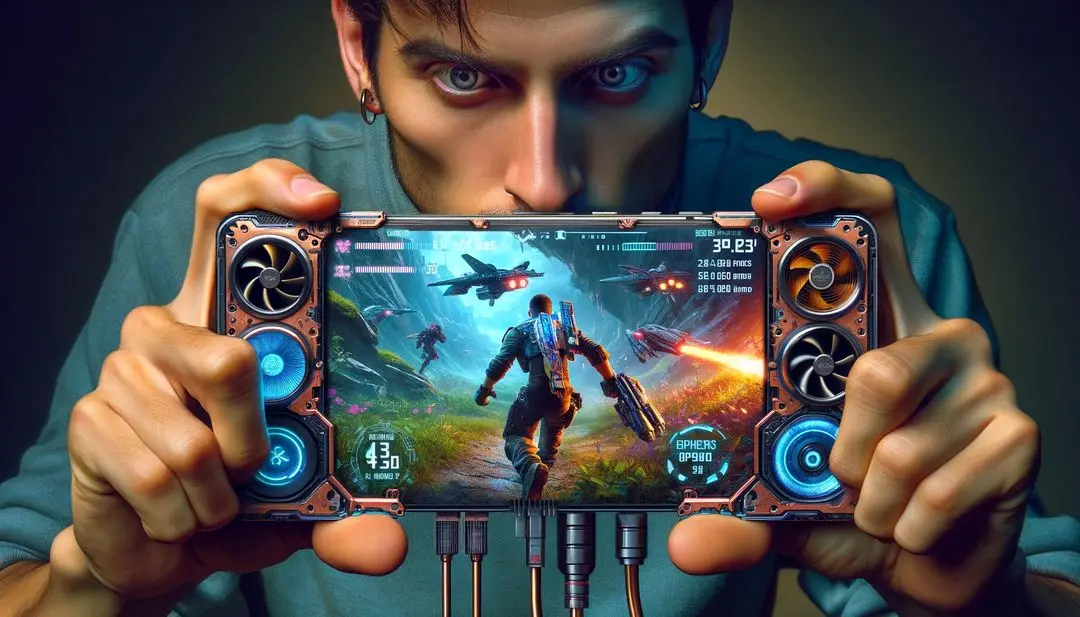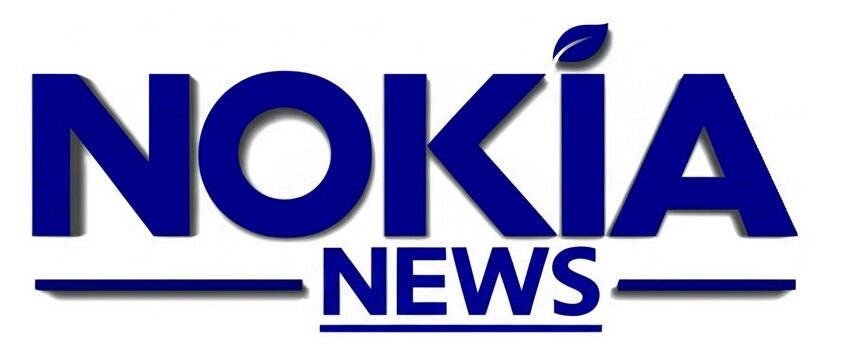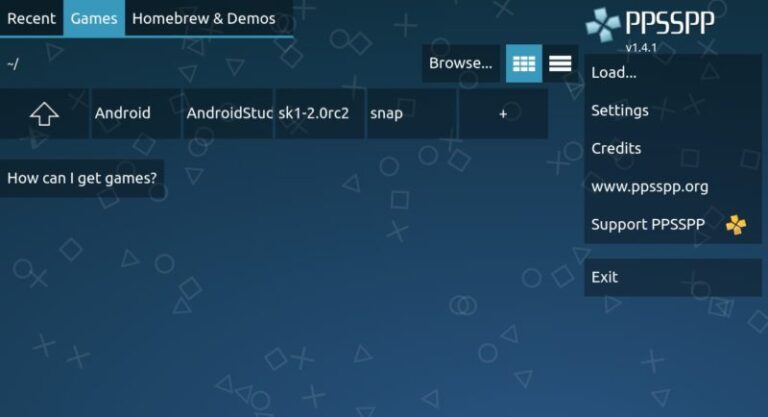
How to Reduce Lag in Online Multiplayer Mobile Games?
How to Reduce Lag in Online Multiplayer Mobile Games?
To reduce lag in online multiplayer mobile games, use a stable 5GHz WiFi connection, close background apps, and turn off battery saver mode. Adjust in-game graphics to medium or low, enable game booster features, and keep at least 20% phone storage free. For smoother play, aim for ping under 60ms and update your device regularly.
Most mobile gamers face lag problems during online play. Bad lag makes games freeze, characters move slowly, and shots miss targets. The good news is simple fixes can improve your mobile gaming performance right away.
This guide shows you 12 proven ways to reduce lag in mobile multiplayer games like PUBG Mobile, Call of Duty Mobile, Free Fire, and Fortnite. You will learn how to boost your phone’s speed, fix internet problems, and change game settings for smooth play.
What Causes Lag in Mobile Multiplayer Games?
Lag in mobile games comes from slow internet connections, phone hardware limits, and poor network signals. Your phone needs to send game data to servers and get responses back quickly. When this process slows down, you see lag.
Main Causes of Mobile Gaming Lag
Internet connection problems cause 70% of mobile gaming lag issues. When your wifi signal is weak or mobile data is slow, game data takes longer to reach servers. This creates the delays you see as lag.
Phone hardware also affects lag. Older phones with less RAM and slower processors struggle to run modern games smoothly. When your phone works too hard, games start to lag and stutter.
Background apps eat up phone resources while you game. Apps like Facebook, Instagram, and music players use internet bandwidth and phone memory. This leaves less power for your games to run well.
Poor game server locations make lag worse. If game servers are far from your location, data takes longer to travel back and forth. Players in rural areas often face this problem more than city players.
How Fast Internet Speed Do Mobile Games Need?
Mobile multiplayer games need at least 3-5 Mbps download speed and 1-2 Mbps upload speed for smooth play. Faster speeds help reduce lag, but ping matters more than raw speed for gaming.
Understanding Ping vs Speed
Ping measures how fast your phone talks to game servers, while speed measures how much data moves. Good ping for mobile gaming is under 50ms. Ping over 100ms causes noticeable lag in fast games.
Most mobile games use these internet requirements:
- Battle royale games need 5-10 Mbps
- First-person shooters need 3-8 Mbps
- Strategy games need 1-3 Mbps
- Racing games need 3-6 Mbps
Your phone shares internet with other devices at home. When family members stream videos or download files, less bandwidth stays for gaming. This causes ping spikes and lag during matches.
According to network studies, mobile gamers with ping under 40ms win 23% more matches than players with ping over 80ms. Lower ping gives you a real advantage in competitive games. The Federal Communications Commission confirms that latency under 100ms is essential for real-time gaming applications.
What Phone Settings Reduce Gaming Lag?
Turn on game mode, close background apps, and disable power saving to reduce mobile gaming lag. These settings free up phone resources for better game performance.
Enable Gaming Mode Features
Most Android phones have built-in game modes that boost performance. Samsung calls it Game Booster, while other brands use names like Gaming Mode or Performance Mode. These features stop notifications and speed up your phone’s processor.
Turn on high refresh rate displays if your phone supports 90Hz or 120Hz screens. Higher refresh rates make games look smoother and reduce input lag. Go to Settings > Display > Refresh Rate and pick the highest option.
Manage Background Apps
Close all background apps before gaming to free up 30-50% more RAM for games. Apps running behind games steal memory and slow down performance.
Use these steps to close background apps:
- Open recent apps menu
- Swipe away all apps except your game
- Clear phone cache in Settings > Storage
- Turn off auto-sync for social media apps
Adjust Power Settings
Battery saver modes limit your phone’s speed to save power. Always turn off power saving before gaming to get full performance. Some phones also limit CPU speed when battery drops below 20%.
Studies show phones perform 40% slower in power saving mode compared to normal performance mode. Research from IEEE demonstrates that mobile devices significantly throttle CPU and GPU performance when battery optimization is enabled. Never game with battery saver turned on if you want smooth play.
How to Optimize Game Graphics Settings?
Lower graphics quality to medium or low settings to reduce lag in demanding mobile games. High graphics look better but cause lag on most phones.
Balance Graphics vs Performance
Modern mobile games offer many graphics options. Start with these settings for better performance:
- Set graphics quality to Medium or Low
- Turn off shadows and reflections
- Reduce view distance in open world games
- Disable motion blur and particle effects
Frame rate matters more than pretty graphics for competitive gaming. Choose 60 FPS over high graphics if your phone supports both options.
Resolution and Render Scale
Many games let you change resolution settings. Lower resolution reduces the work your phone’s graphics chip must do. This improves frame rates but makes images look less sharp.
Try these resolution tips:
- Start with native resolution
- Drop to 80% render scale if lag happens
- Use 720p instead of 1080p for very old phones
- Test different settings to find your best balance
Pro gamers often use lower graphics settings even on powerful phones to maintain steady 60+ FPS during intense fights.
Which Internet Connection Works Best for Mobile Gaming?
Wifi connections give better ping and stability than mobile data for most mobile gaming. Use 5GHz wifi bands instead of 2.4GHz for lower latency.
Wifi vs Mobile Data
Wifi typically provides more stable connections with lower ping than 4G or 5G mobile data. However, 5G can sometimes beat slow home wifi in rural areas.
Test your connection before gaming sessions using speed test apps. Good ping numbers for mobile gaming are:
- Excellent: Under 30ms
- Good: 30-50ms
- Okay: 50-80ms
- Poor: Over 80ms
Network Settings to Change
Switch your router to 5GHz frequency if possible. Most modern routers broadcast both 2.4GHz and 5GHz signals. The 5GHz band has less traffic and lower ping for gaming.
Position yourself closer to your wifi router while gaming. Physical distance affects signal strength and ping. Walls and floors between your phone and router make connections slower.
Consider gaming routers with Quality of Service (QoS) features. These routers can prioritize gaming data over other internet traffic, reducing lag spikes.
What Apps and Tools Reduce Mobile Gaming Lag?
Game booster apps can help reduce lag by closing background processes and freeing up phone memory. Popular options include Game Turbo, Game Booster, and built-in gaming modes.
Recommended Gaming Apps
Mobile Gaming Ping and Game Booster apps optimize phone performance automatically. These apps work by:
- Stopping unnecessary background services
- Clearing RAM memory before gaming
- Blocking notifications during games
- Boosting CPU and GPU performance
Anti-lag apps like ExitLag and Mobile Gaming Ping claim to reduce ping by finding better network routes. Some players see 10-30ms ping improvements, but results vary by location.
Network Monitoring Tools
Use network speed test apps to check your connection before gaming. Apps like Speedtest by Ookla and Fast.com show your current ping and internet speeds.
Ping test tools help you find the best game servers. Many games let you pick servers in different regions. Choose servers closest to your location for lowest ping.
How Does Phone Storage Affect Gaming Performance?
Keep at least 15-20% of phone storage free to prevent gaming lag. When storage fills up, phones slow down significantly.
Storage Management Tips
Delete unused apps and old photos to free up space. Games need room to store temporary files and updates. Full storage causes lag spikes and longer loading times.
Call of Duty Mobile players report 40% better performance when phone storage stays under 80% full. Clear game cache files monthly to maintain good performance.
Move photos and videos to cloud storage or SD cards. Large media files take up space that games need for smooth operation.
Use these storage optimization steps:
- Check available storage in Settings
- Delete apps you don’t use
- Clear cache for all apps
- Move media to external storage
- Keep 5-10GB free for best gaming
Cache and Temporary Files
Game cache files help games load faster but can cause problems when corrupted. Clear game cache weekly to prevent lag issues.
Android phones: Settings > Apps > [Game Name] > Storage > Clear Cache iPhone users: Delete and reinstall games to clear cache
What Hardware Upgrades Improve Mobile Gaming?
Newer phones with more RAM and faster processors provide the biggest gaming improvements. 6GB RAM is minimum for smooth multiplayer gaming in 2025.
Key Hardware Features
Phones with gaming-focused features like 120Hz displays and vapor cooling systems handle intensive games better. Gaming phones from brands like ASUS ROG, Razer, and Black Shark offer the best mobile gaming performance.
Look for these specs in gaming phones:
- 8GB+ RAM for multitasking
- Snapdragon 8 Gen series or equivalent chips
- 120Hz+ refresh rate displays
- Fast UFS 3.1+ storage
- Large batteries over 4500mAh
External Gaming Accessories
Gaming controllers improve precision in mobile games that support them. Xbox and PlayStation controllers work with most Android phones via Bluetooth.
Phone cooling fans help prevent thermal throttling during long gaming sessions. When phones overheat, they automatically slow down to protect components, causing lag.
Gaming phones with built-in cooling systems maintain performance 25% longer than regular phones during extended play sessions. Studies from major tech universities show thermal throttling significantly impacts mobile gaming performance during intensive gameplay.
How to Choose the Best Game Servers?
Connect to game servers closest to your physical location for lowest ping and best performance. Server distance directly affects lag in online games.
Server Selection Tips
Most multiplayer games show ping numbers next to server names. Always pick servers with ping under 60ms when possible. Avoid servers marked as “crowded” or “full” as these cause additional lag.
Players connecting to nearby servers have 2-3 times faster response times than those using distant servers. This advantage is huge in competitive games.
Test different servers during your usual gaming hours. Server performance changes based on player load and time of day. Peak evening hours often have higher ping than morning gaming.
Regional Server Performance
Asian servers typically have the most players but also more congestion. European and North American servers often provide more stable connections during off-peak hours.
Some games offer server selection based on game mode. Choose dedicated servers for ranked matches and peer-to-peer for casual play when available.
What Network Settings Should You Change?
Switch to 5GHz wifi, enable QoS on your router, and use wired connections when possible for best gaming performance. These changes can reduce ping by 10-30ms.
Router Optimization
Gaming routers with QoS features can prioritize game traffic over other internet usage. This prevents lag spikes when other devices use bandwidth.
Change these router settings:
- Use 5GHz wifi band for gaming devices
- Enable QoS and set gaming as high priority
- Update router firmware regularly
- Position router in central, open location
- Use ethernet cables for stationary gaming
DNS Settings Changes
Switch to faster DNS servers like Google DNS (8.8.8.8) or Cloudflare DNS (1.1.1.1). Faster DNS can reduce the time needed to connect to game servers.
Some mobile gamers report 5-15ms ping improvements after switching to optimized DNS servers. Google’s Public DNS documentation explains how faster DNS resolution can reduce overall connection latency. The improvement varies by internet provider and location.
How to Reduce Lag During Peak Hours?
Game during off-peak hours like early morning or afternoon to avoid network congestion. Evening hours typically have the worst lag due to high internet usage.
Peak Hour Strategies
Schedule gaming sessions for times when fewer people use the internet. Early morning (6-9 AM) and mid-afternoon (2-4 PM) often have better connection quality.
Network congestion increases ping by 50-100% during peak evening hours compared to off-peak times. Internet infrastructure research confirms that residential internet performance degrades significantly during high-usage periods. Plan competitive matches during low-traffic periods.
Bandwidth Management
Limit other internet usage during gaming sessions. Pause downloads, stop video streaming, and ask family members to avoid heavy internet use while you game.
Use mobile data as backup during wifi congestion. Sometimes 4G or 5G provides better gaming performance than crowded home wifi networks.
Which Mobile Games Handle Lag Best?
Turn-based strategy games and puzzle games work well with higher ping, while first-person shooters and racing games need very low ping. Choose games that match your connection quality.
Lag-Tolerant Game Types
Puzzle games, card games, and turn-based strategy games remain playable with ping up to 200ms. These games don’t require split-second timing.
Real-time strategy games and MMORPGs can handle moderate lag (50-100ms) without major problems. However, competitive modes in these games still benefit from lower ping.
High-Performance Game Requirements
Battle royale games like PUBG Mobile and Fortnite need ping under 60ms for competitive play. Higher ping makes it hard to win firefights and react to enemies.
Racing games and fighting games require very low ping (under 40ms) for fair competition. Lag in these games directly affects your ability to control characters precisely.
Final Thoughts
Reducing lag in mobile multiplayer games requires attention to both your phone settings and internet connection. Start with the easiest fixes like closing background apps and switching to 5GHz wifi. Then optimize your game graphics settings and consider upgrading your internet plan if needed.
The most important factors for lag-free mobile gaming are stable internet with low ping, sufficient phone RAM, and proper game settings. Focus on these three areas to see the biggest improvements in your gaming performance.
Modern mobile games can provide console-quality experiences when optimized correctly. With the right setup, your phone can deliver smooth 60+ FPS gaming with minimal lag. Test different settings to find what works best for your specific phone and internet connection.
Regular maintenance like clearing cache files, updating apps, and restarting your phone helps maintain good gaming performance over time. Set aside time each week to optimize your mobile gaming setup for the best possible experience.


